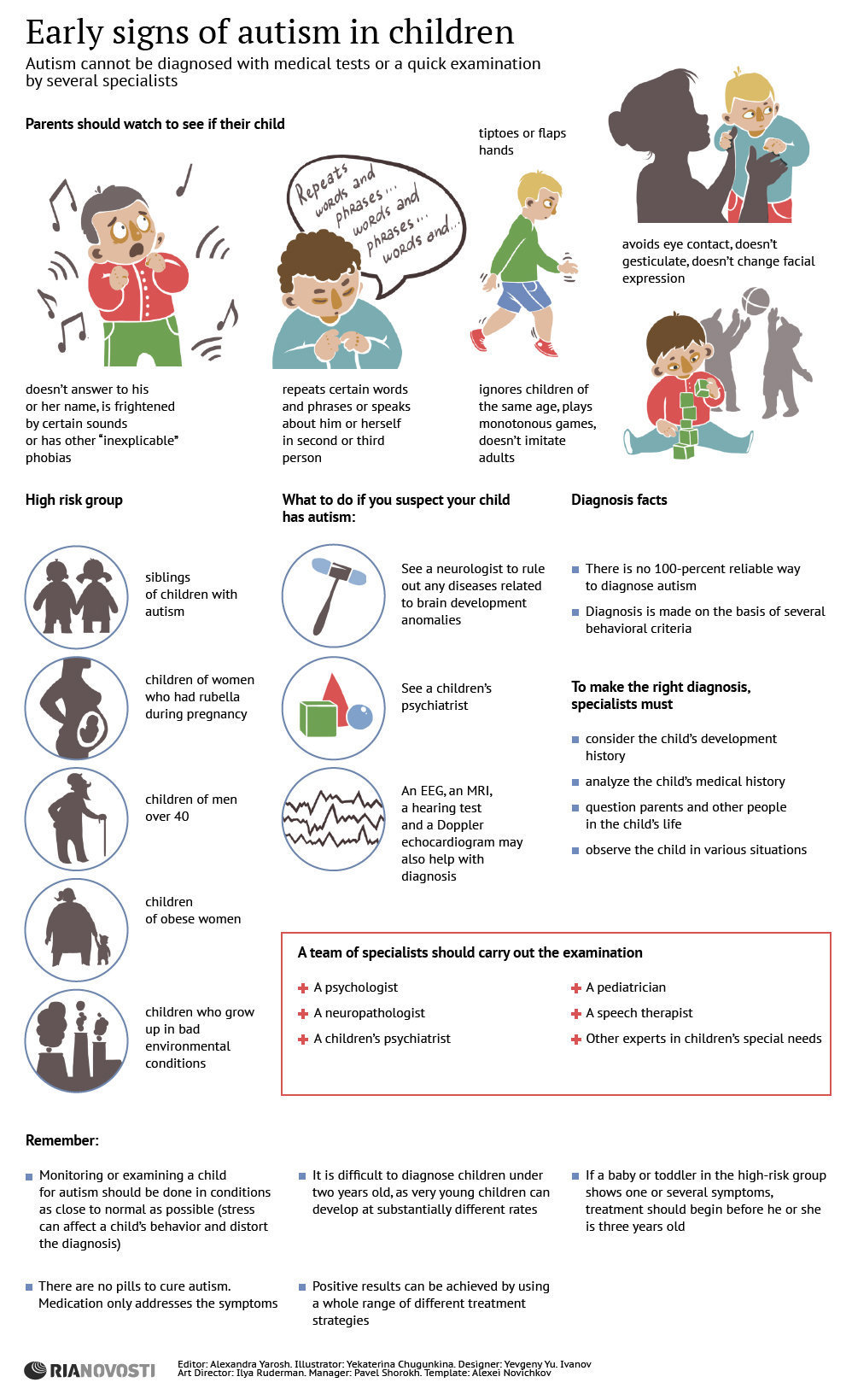How Does Gender Dysphoria Affect Mental Health
How Does Gender Dysphoria Affect Mental Health
Blog Article
Exactly How Do Mood Stabilizers Job?
State of mind stabilizers help to soothe locations of the mind that are influenced by bipolar disorder. These drugs are most efficient when they are taken frequently.
It might take a while to discover the appropriate medication that functions ideal for you and your physician will certainly check your condition throughout therapy. This will include normal blood tests and potentially an adjustment in your prescription.
Neurotransmitter regulation
Natural chemicals are a team of chemicals that control each other in healthy and balanced individuals. When degrees become out of balance, this can cause state of mind conditions like anxiety, anxiousness and mania. Mood stabilizers assist to avoid these episodes by aiding regulate the equilibrium of these chemicals in the mind. They additionally may be utilized along with antidepressants to enhance their efficiency.
Drugs that function as mood stabilizers include lithium, anticonvulsants and antipsychotics. Lithium is maybe one of the most popular of these medications and works by impacting the flow of sodium with nerve and muscular tissue cells. It is most often used to treat bipolar affective disorder, yet it can additionally be helpful in treating other state of mind problems. Anticonvulsants such as valproate, lamotrigine and carbamazepine are likewise effective mood maintaining medicines.
It can take some time to locate the ideal type of drug and dosage for each individual. It is essential to work with your medical professional and participate in an open dialogue concerning exactly how the medication is benefiting you. This can be particularly helpful if you're experiencing any kind of adverse effects.
Ion network inflection
Ion channels are a significant target of mood stabilizers and many various other drugs. It is currently well established that they are vibrant entities that can be modulated by a range of outside stimuli. Additionally, the modulation of these channels can have a range of temporal impacts. At one extreme, changes in gating characteristics may be quick and instantaneous, as in the nicotinic acetylcholine receptor/channel system. At the various other end of the spectrum, covalent alteration by protein phosphorylation might result in adjustments in channel feature that last longer.
The area of ion channel modulation is getting in a period of maturation. Recent researches have shown that transcranial concentrated ultrasound (US) can boost neurons by triggering mechanosensitive potassium and salt channels installed within the cell membrane. This was shown by shared channels from the two-pore domain name potassium family in Xenopus oocytes, and concentrated United States considerably regulated the current moving through these networks at a holding voltage of -70 mV (best panel, family member result). The outcomes are consistent with previous observations showing that antidepressants affecting Kv networks manage glia-neuron interactions to opposite depressive-like behaviors.
Neuroprotection
Mood stabilizers, like lithium, valproic acid (VPA), and carbamazepine, are necessary in the therapy of bipolar illness, which is characterized by reoccurring episodes of mania and anxiety. These medications have neuroprotective and anti-apoptotic buildings that help to prevent cellular damage, and they also enhance cellular resilience and plasticity in dysfunctional synapses and neural circuitry.
These safety activities of state of mind stabilizers may be moderated by their inhibition of GSK-3, inositol signaling, and HDAC task. In addition, long-term lithium therapy shields versus glutamate excitotoxicity in cultured nerve cells-- a model for neurodegenerative disorders.
Studies of the molecular and cellular effects of mood stabilizers have actually revealed that these drugs have a wide range of intracellular targets, including numerous kinases and receptors, in addition to epigenetic alterations. Refresher course is required to figure out if state of mind stabilizers have neurotrophic/neuroprotective actions that are cell type or circuitry specific, and how these results might enhance the rapid-acting restorative reaction of these agents. This will help to develop brand-new, much faster acting, a lot more efficient treatments for psychiatric illnesses.
Intracellular signaling
Cell signaling is the procedure whereby cells connect with their atmosphere and other cells. It involves a sequence of steps in which ligands communicate with membrane-associated receptors and lead to activation of intracellular paths that control essential downstream mobile functions.
State of mind stabilizers act upon intracellular signaling via the activation of serine-threonine healthy protein kinases, causing the phosphorylation of substratum healthy proteins. This turns on signaling waterfalls, bring about adjustments in genetics expression and cellular feature.
Many mood stabilizers (consisting of lithium, valproate and lamotrigine) target intracellular signaling paths by preventing particular phosphatases or turning on details kinases. These impacts cause a decline in the task of these pathways, which brings about a decrease in the synthesis of certain chemicals that can influence the brain and lead to signs and generalized anxiety disorders symptoms of anxiety or mania.
Some mood stabilizers additionally function by enhancing the task of the inhibitory natural chemical gamma-aminobutryic acid (GABA). This boosts the GABAergic transmission in the brain and reduces neural task, thus generating a soothing effect.